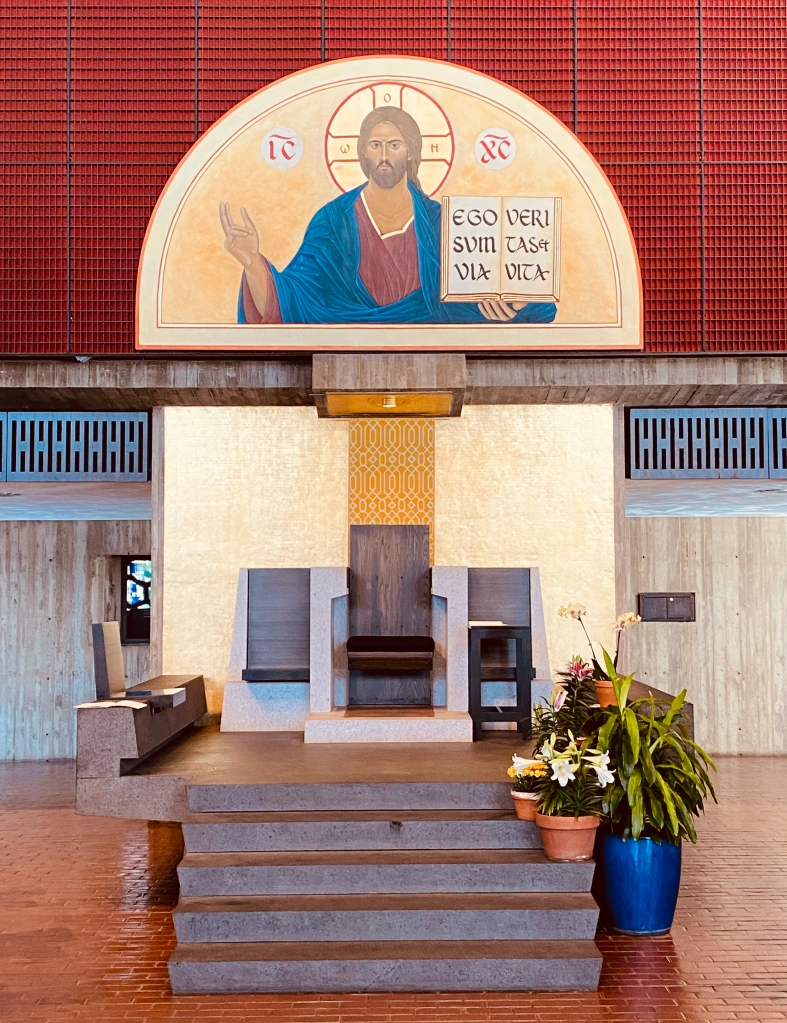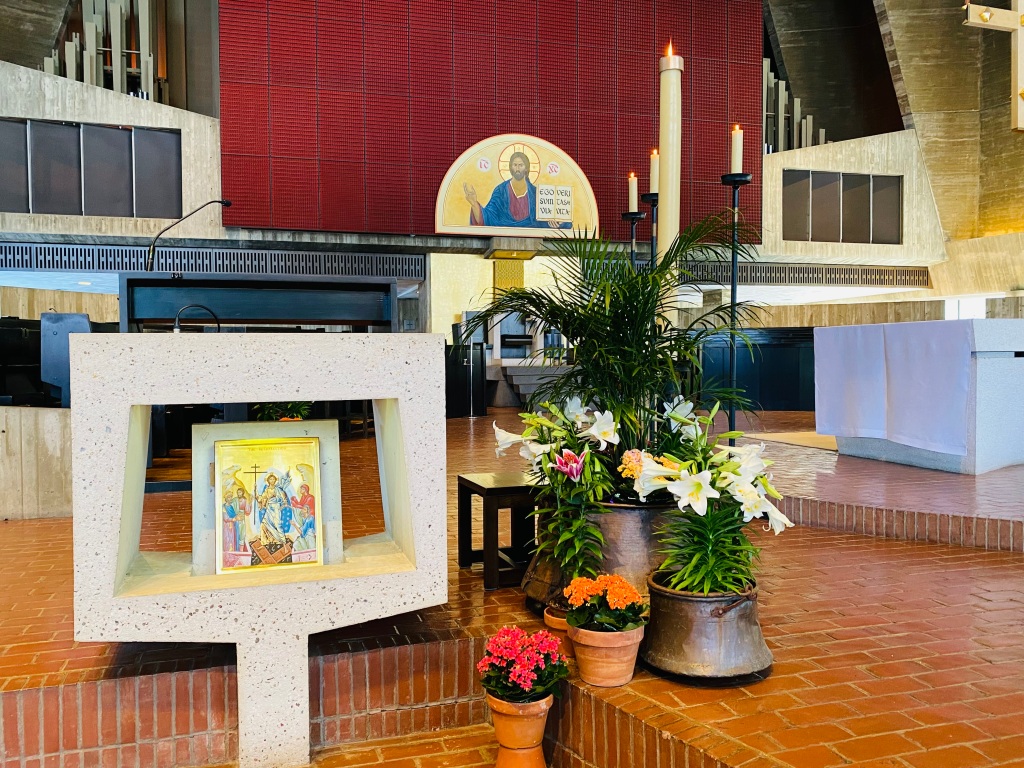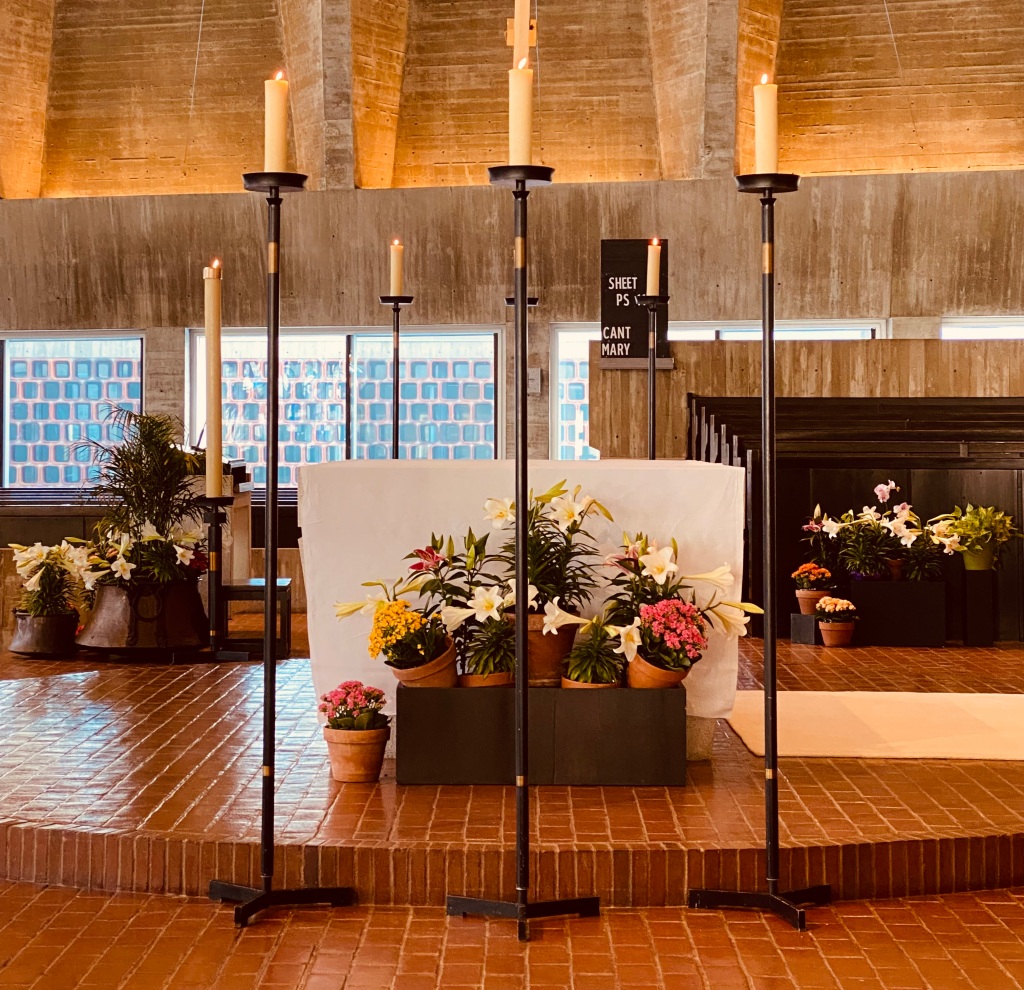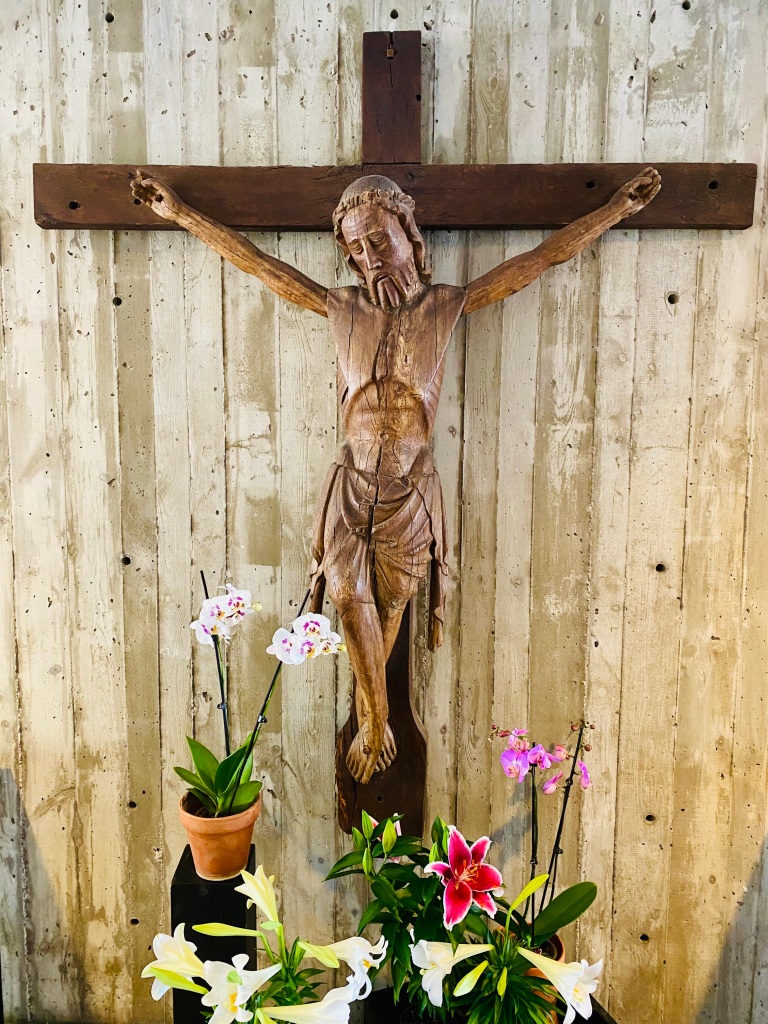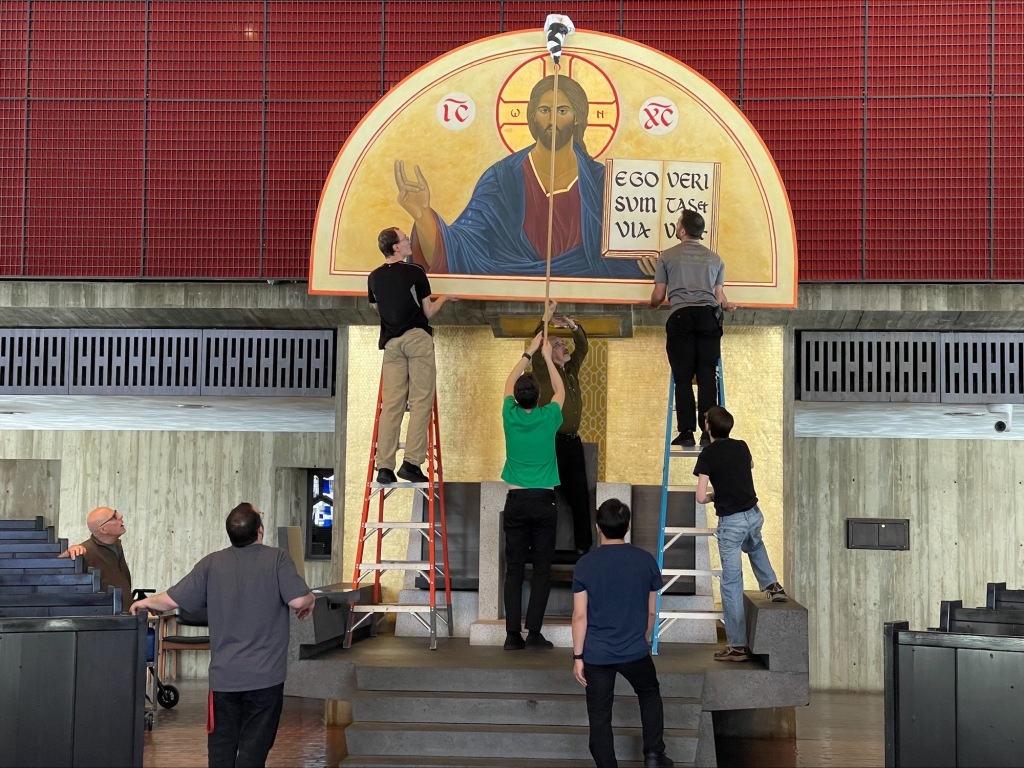Easter: The Sacred Heart Beats On
”We are witnesses of all that Jesus did…, and he commissioned us to preach to the people and testify that he is the one appointed by God as judge of the living and the dead.” [Acts of the Apostle 10].
Heading the list of astonishing things that we celebrate at Easter are the passion, death and resurrection of Jesus. As believers we confess these events as the centerpiece of human history, and the scriptures affirm that “once we were no people, but now we are the people of God.” So dramatic and so decisive was that event that no life, least of all our own, can be the same once we’ve heard and absorbed the message. After that we can never settle for being mere spectators in life. We can attend a sporting event, a concert, or a political speech, but none has the compelling message on which to build a life. Yet that’s what Easter is all about.
How can this possibly transform us? What difference can Easter make in your life and mine? Saint Paul in I Corinthians 5: 6 gives a hint of what’s possible. There he puts to us a rhetorical question that his first-century readers could answer easily. “Do you know that a little yeast leavens all the dough?” Sadly, that’s a biblical image that’s lost on most of us today, and the reason is obvious. Most of us have never seen yeast before. And that’s despite the fact that we eat its results almost every day. Because of that, many have no idea what a few grains of yeast mixed with water can do to a measure of flour.
It’s not our fault that we get most of our bread from factories that churn out truck-loads of loaves to be handed down the food chain. So we don’t realize what a tiny dose of leaven has accomplished. But if you’d like an idea, compare the unleavened wafer of bread we will receive in the Eucharist with a loaf of Saint John’s Bread. Only then will you have a sense of what Paul is talking about. Absent the yeast in our hearts, the preaching of Jesus will fall short of what’s truly possible within us. But if we’ve absorbed that yeast, then there are all sorts of possibilities for us. That’s exactly what Peter began to realize for himself. Without God little or nothing is possible. With God you and I can accomplish the unbelievable.
This past week I was the reader at morning prayer in the monastery, and one passage grabbed my attention as none of the other six could do. It was a reflection on the death of Jesus, by English writer Denise Cottrell-Boyce. Her initial focus was on what happened physically to Jesus as he began to die on the cross — as his body began the process of shutting down — as his body slowly transformed from a living and vital being into a carcass. As I prepared the text for public reading, I realized this might not go down well at 7:15 in the morning. But it was Good Friday morning, and that’s exactly what happened at the crucifixion. It happened to Jesus, until at last his breathing ceased and his heart stopped beating. Jesus was dead. Or was he?
Denise did not end her reflection with the last beat of the sacred heart of Jesus, because something happened that was nothing short of miraculous. Just as his mother and a teenage disciple who stood at the foot of the cross were about to give up completely, their hearts began to pick up on the heartbeat of Jesus. The redemptive act of Jesus on the cross had begun to transform the lives of first two and then a dozen and finally tens of millions of believers. One by one the rhythm of the heartbeat of Jesus has passed from one witness to another, until at last it’s found a home in our hearts as well.
In the final lines of her reflection Denise makes reference to the altar of repose, which features in the Holy Thursday liturgy. There, at the end of a procession from the main altar of the church, the priest places the remaining hosts in the tomb-like tabernacle, where they remain until they will nourish us at the end of the Good Friday liturgy.
Good Friday might have been the end of it all, but it wasn’t. Nor is Lent the end of it all, because Lent is merely the entree into a transformation that can go on for a lifetime. Saint Benedict picks up on that theme when he urges his monks to make their lives a Lenten observance. And we do that in many ways, but above all we do it whenever we celebrate the Eucharist.
On the cross Jesus offered up his very body and blood, and in the Eucharist we become the tabernacle of the still-vibrant heart of Jesus. As tabernacles, Denise takes pains to point out, we carry the life of Jesus to all whom we meet, to all whom we serve, and to all whom we are called to love.
The Easter event, then, is not some passive spectator sport. Instead it calls us to rise with the risen Lord. Leavened by the yeast that is his message, we are the tabernacles that carry Jesus to a world that is desperate for transformation and love. And if we find it astonishing that Peter could in a few days morph from skeptic into a herald of God’s Word, imagine the role that the Lord has in mind for you and for me. This Easter let us pray that we might bring to completion the wonderful work that the Lord has only just begun in us. Amen.
NOTES
+Today’s post is a transcription of the sermon that I delivered at the Easter Sunday Mass at Saint John’s Abbey. A large crowd of friends and other visitors joined us, which was gratifying to see.
+Last Monday and Tuesday much of the progress we had made toward spring was erased when nearly a foot of heavy wet snow ground activity to a halt. Still, we were consoled by the sight of the lake, which did not freeze.
+Eagle-eyed viewers of the Easter message of King Charles III were surprised to notice that in the background of one scene was an open volume of The Saint John’s Bible. It was on display at Lambeth Palace in London, in a large case made at the Abbey woodworking shop. You can access the king’s short address on YouTube.
+The photos in today’s post show the interior of the Abbey church on Easter Sunday. I could not resist including the photo at bottom, taken by our confrere Brother Felix. It answers a question that has puzzled us monks for years: how many monks does it take to hoist up this mural in the church. Clearly the hard work was done by the committee of observers and advisors, standing by with ready counsel.
